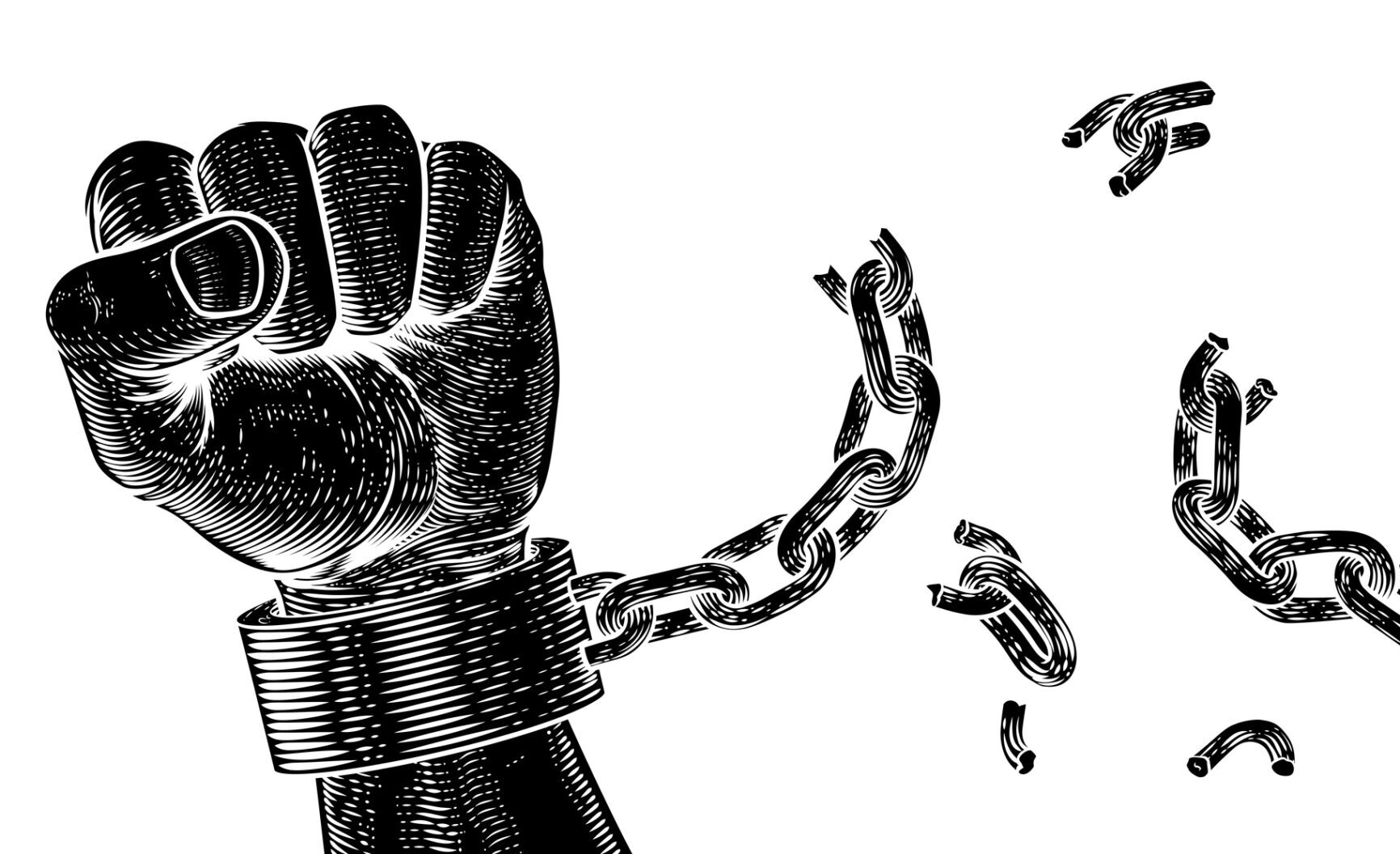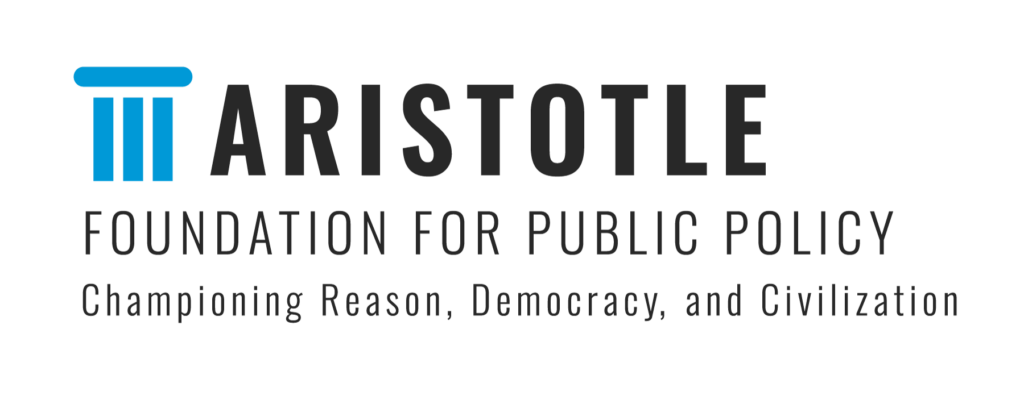

As Trump’s trade wars continue, we’ve seen more Canadian flags flying than during the Trudeau years, when flags on federal buildings flew at half-mast amid self-flagellation over “our country’s historical failures.”
But few Canadians are aware that four years ago, Parliament voted unanimously to designate Aug. 1 as Emancipation Day to commemorate Britain’s Slavery Abolition Act of 1834, which ended human bondage in the British Empire (which at the time included Upper and Lower Canada). This happened three decades before the United States ended slavery, at the cost of a devastating Civil War, and many decades before many African states such as Mauritania (1901) and Ethiopia (1942) officially—but often not effectively—declared the practice illegal.
For the past several decades, the government, schools, universities, and the media have routinely told Canadians that early European settlers—in areas now known as Ontario, Quebec, and the Maritimes—owned and traded slaves. Of course, there’s nothing shocking or newsworthy about this fact.
As I note in a new study for the Aristotle Foundation, “Slavery in Canada: The facts rarely told,” slavery was practised throughout most of the world until the 19th century. In what is now Canada, the number of slaves was comparatively low. Figures aren’t exact, but historians estimate that approximately 4,000 (65 percent indigenous North Americans, 35 percent African) were imported to New France between the 17th and early 19th centuries along fur trade routes. By 1725, in Montreal’s commercial district, half of all homeowners owned an indigenous slave, but the number of slaves in New France never amounted to more than five percent of the colony’s population.
In total, no more than 7,500 slaves were held by Canadian colonists, in a period spanning two centuries. By comparison, nearly 10 million souls were enslaved in the United States during this time.
Slaveowners and traders weren’t exclusively white; many—the traders, in particular—were indigenous. An early account of Canadian slavery may come as a surprise. In 1689 young John Gyles, son of an English emigrant family, was captured near Pemaquid Falls, New Brunswick, by Maliseet natives. His 1735 memoirs describe his enslavement and the gruesome torture of captives by an old native woman who “will take up a shovel of hot embers and throw them into a captive’s bosom.” Indigenous slavery was no more benign on Canada’s west coast. Owning slaves signalled high status, so at a potlatch or the ceremony for completion of a home, slaves were killed with a special club called a “slave killer.” Among the Iroquois of Quebec and Ontario in the 17th century, frequent warfare and epidemics reduced the population. Raids were organized to replace these losses.
In the 1770s, for the first time in history, consequential leaders in Britain began to question the morality of slavery. One of these was John Graves Simcoe, who would become Upper Canada’s first lieutenant-governor.
Though opposed to slavery, Simcoe was keen to increase the colonial population, so accepted the necessity of populating Upper Canada with Loyalists and their slaves. It was a distressing report of the abduction of Chloe Cooley, a slave woman sold down the Niagara River into American slavery, that prompted Simcoe to craft the first antislavery legislation in the British Empire, the Act to Limit Slavery in Upper Canada (1793). To ensure its passage through the legislature, he stipulated gradual emancipation, but following its passage slavery slowly withered away.
In the decades before the American Civil War, Canada offered safe haven to well over 30,000 African-American refugees, including the indomitable Harriet Tubman, who escorted more than 60 fugitives to freedom.
American abolitionist Benjamin Drew interviewed freed slaves in Canada. He quotes the stirring words of Mrs. Christopher Hamilton of London, Canada West [Upper Canada]: “I had rather live in Canada, one potato a day, than to live in the South with all the wealth they have got. I am now my own mistress, and need not work when I am sick. I can do my own thinkings, without having any one to think for me.”
Pre-Confederation Canada’s record on slavery was far from perfect, but in comparison with the rest of the world, it was ahead of its time. Much of the credit for this rests on British North America’s symbiotic relationship with Britain, where a relentless antislavery movement had taken hold. Over the objections of slave-owning legislators, Simcoe passed the first legislation in the British Empire to end slavery, 15 years before Britain ended the slave trade, 41 years before Britain ended slavery in the West Indies, and 72 years before the United States ended slavery.
Now there’s something to celebrate!
Marjorie Gann is a senior fellow with the Aristotle Foundation for Public Policy and the author of Slavery in Canada: The facts rarely told.
Like our work? Think more Canadians should see the facts? Please consider making a donation to the Aristotle Foundation.

The logo and text are signs that each alone and in combination are being used as unregistered trademarks owned by the Aristotle Foundation. All rights reserved.
The Aristotle Foundation for Public Policy is a registered Canadian charity. Our charitable number is: 78832 1107 RR0001.
SUBSCRIBE TO OUR NEWSLETTER
SUBSCRIBE TO OUR NEWSLETTER
